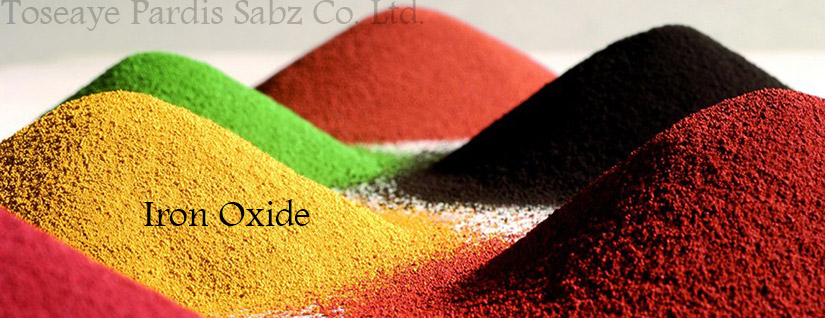The Definition and Applications
If you’re familiar with chemistry even a little bit, then you probably already know that iron and oxygen react chemically to form Iron oxide. There are sixteen known iron oxides and oxyhydroxides. Natural iron oxides are received from hematite (red iron oxide mineral), limonites, (range from yellow to brown), and magnetite (black iron oxide). Artificial iron oxide pigments are manufactured from basic chemicals. The three major methods for the production of synthetic iron oxides are thermal decomposition of iron salts or iron compounds, precipitation of iron salts usually accompanied by oxidation, and reduction of organic compounds by iron.
Iron oxides are a part of our everyday life and we can use it for many purposes like making inorganic pigments, hemoglobin, catalysts and many more. The essential role of iron oxides in many environmental processes is undeniable. Common rust is a form of iron(III) oxide. Iron oxides are generally used as low-priced, long-lasting inorganic pigments in paints, coatings and colored concretes. The colors that are generally available are yellow, black, brown, red and orange.
Various Types of Iron Oxides

There are various applications for iron oxide that are in areas like the concrete and building industry, the cosmetic industry, plastic and paint industry, steel and iron industry and even every day uses like pencil graphite. Also, there are three separate varieties of iron oxide. The variety in the type of iron oxide is often subject to the concentration of iron and oxygen in the given compound.
Iron II oxide: Also recognized as ferrous oxide, this compound forms nearly 9% of the earth’s mantle. It is primarily black in color and looks comparable to rust. This type can be artificially made by the thermal decomposition of iron (II) oxalate. Iron II oxide is mostly used as a pigment for tattoo making and also in the production of cosmetics because of its non-toxic nature.
Iron III oxide: This oxide occurs naturally as the mineral hematite and has applications in several sectors. It is greatly used to generate iron for the steel industry. Other industries that use iron III oxide are the inorganic pigment industry, concrete and building industries and the cosmetic industry.
Iron II, III oxide: We can access this type of iron oxide naturally as the inorganic or mineral magnetite. It includes features of both Iron II and iron III oxides. Although it is available naturally, this compound is primarily synthesized so that its particle size and form can be adjusted. Its form is that of a black powder. There are various uses of this oxide. Its nanoparticles are used in MRI scanning, in the intravenous form it is used to treat anemia and is widely distributed by pharmaceuticals organizations, it is also a type of thermite that is useful for cutting steel. Iron II, III oxide is also used as a catalyst in the Haber process and in water-gas shift reaction.
If you are looking for iron oxide suppliers who would provide quality material at reasonable prices, “Toseaye Pardis Sabz”, the supplier of organic and inorganic pigments, exports iron oxide pigments and it’s able to easily compete with its foreign counterparts.
Source: R & D Unit of Toseaye Pardis Sabz


